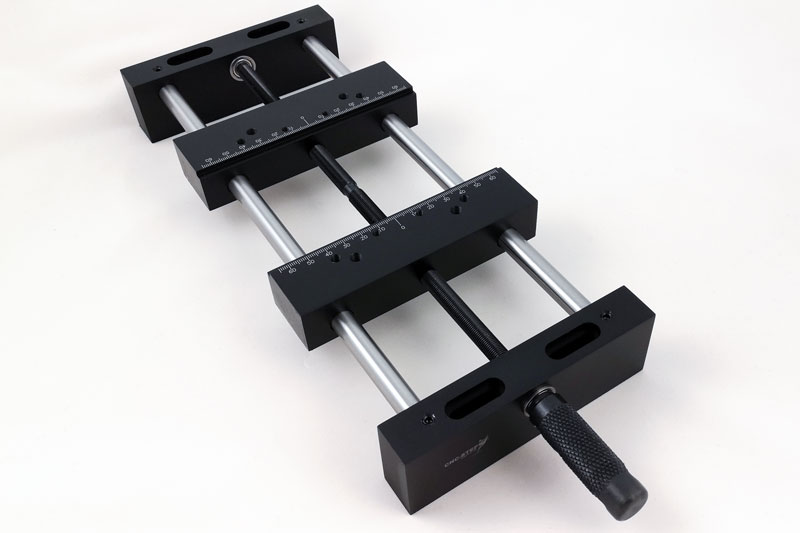


Although there is a wealth of information on thermal sensitivity of burst skeletal muscle performance, there is comparatively little information on sustained (endurance) performance of muscle and almost all previous work has tested muscle endurance while held at constant length (i.e. In contrast, maximal isometric force production has low thermal sensitivity across ecologically relevant temperatures, with decreases in force production occurring only at relatively low temperatures. Rate-dependent mechanical processes, such as power production, force generation and force relaxation, have relatively high thermal sensitivity, with increased performance at higher temperatures ( Rome and Swank, 1992 Swoap et al., 1993 Altringham and Block, 1997 Ranatunga, 1998 De Ruiter and De Haan, 2000 Herrel et al., 2007 Roots et al., 2009). Skeletal muscle performance is sensitive to temperature change, often showing thermal patterns similar to those observed for whole-organism locomotor performance ( Bennett, 1984 Rall and Woledge, 1990 Marsh, 1994). Recent studies have demonstrated that the negative effects of inorganic phosphate accumulation during prolonged skeletal muscle performance are reduced with increased temperature, possibly explaining the increases in endurance found with increased test temperature in the present study. The increase in burst power output between 15 and 24☌ yielded a high Q 10 value of 6.86. Increased temperature also significantly increased both burst muscle power output (cycle average) and sustained (endurance) performance during work loop studies. Increased temperature significantly reduced twitch and tetanus activation and relaxation times. Warmer test temperatures tended to increase twitch stress (force normalised to muscle cross-sectional area) and significantly increased tetanic stress. A series of 10 work loops was also delivered at each test temperature to quantify endurance performance. Work-loop power output (average power per cycle) was maximised at each temperature by altering stimulation and strain parameters. The iliotibialis muscle was isolated from eight male Xenopus tropicalis individuals and subjected to in vitro isometric and work-loop studies at test temperatures of 15, 24, 30 and 32☌. However, less is known about the effects of temperature on sustained skeletal muscle performance. Many previous studies have demonstrated that burst muscle performance changes with temperature. Given the importance of locomotion to mobility and dispersion, variability in temperature may therefore affect the current and future distribution of species. Effects of temperature are often most pertinent on locomotor performance traits of ectothermic animals. Environmental temperature varies temporally and spatially and may consequently affect organismal function in complex ways.


 0 kommentar(er)
0 kommentar(er)
